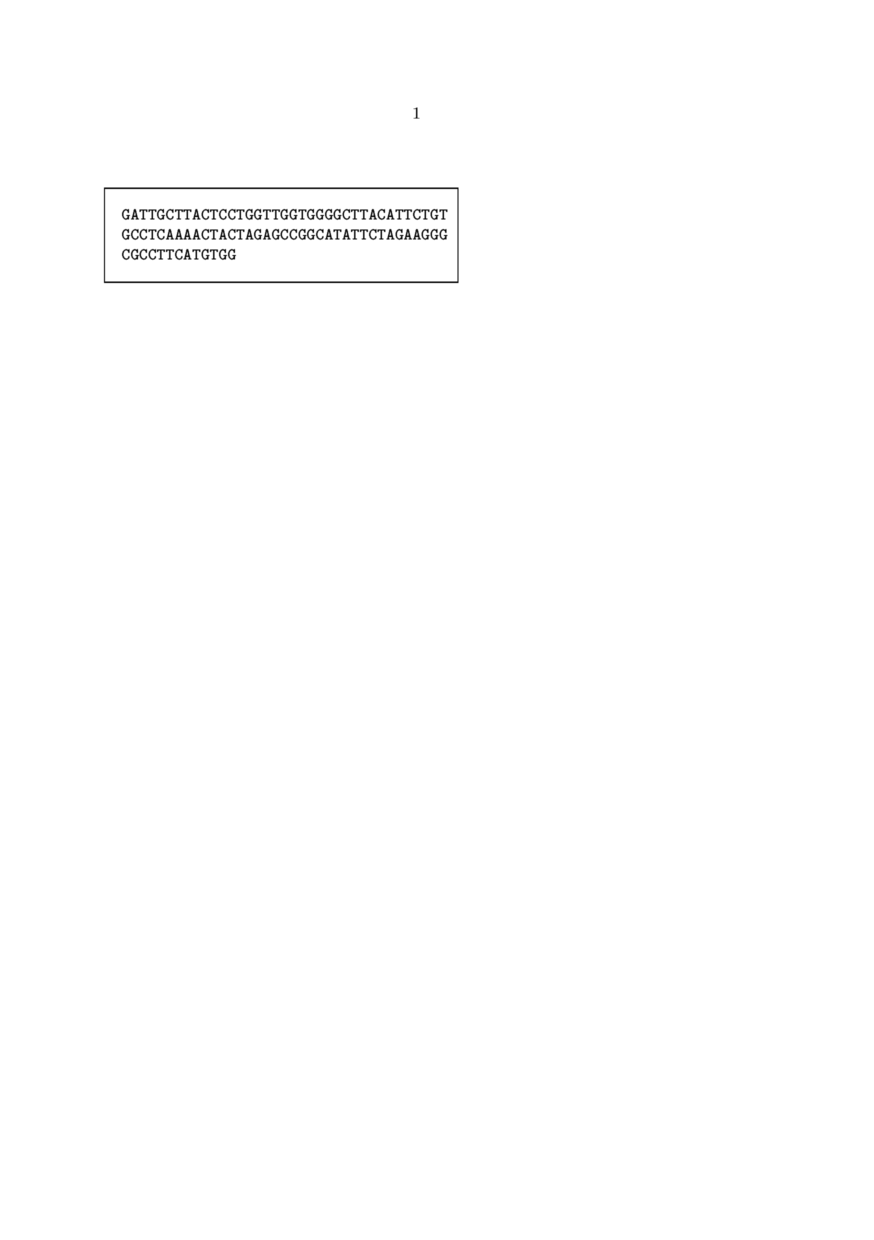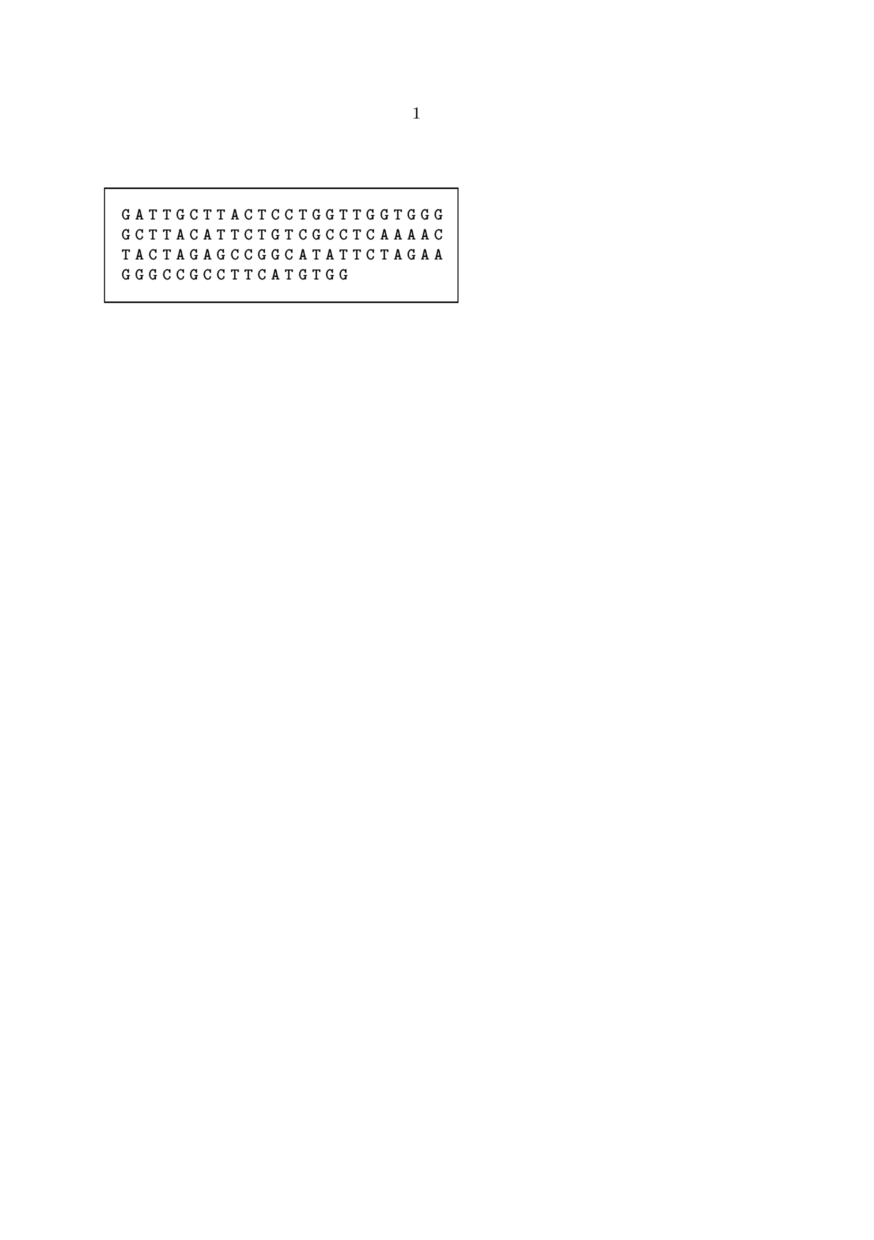Wrapping
Jump to navigation
Jump to search
Very long continuous strings (such as SHA512 keys or DNA sequences) might have to be broken after any character irrespective of the current hyphenation scheme.
Example SHA512
This is Hans' trick from the list for SHA512 keys
\startluacode -- local shared = { -- start = 1, -- length = 1, -- left = false, -- right = false, -- } local shared = { start = 1, length = 1, before = utf.char(0xB7), after = nil, left = false, right = false, } -- languages.hyphenators.traditional.installmethod("sha", -- function(dictionary,word,n) -- local t = { } -- for i=1,#word do -- t[i] = shared -- end -- return t -- end -- ) -- or more efficient when used often: -- local all = { } -- for i=1,512 do -- all[i] = shared -- end -- languages.hyphenators.traditional.installmethod("sha", -- function(dictionary,word,n) -- return all -- end -- ) -- or more obscure: -- local all = table.setmetatableindex({ }, function(t,k) -- t[k] = shared -- return shared -- end) -- -- languages.hyphenators.traditional.installmethod("sha", -- function(dictionary,word,n) -- return all -- end -- ) -- or just (lua is fast enough anyway) local all = table.setmetatableindex({ }, function(t,k) return shared end) languages.hyphenators.traditional.installmethod("sha", function(dictionary,word,n) return all end ) \stopluacode \definehyphenationfeatures [sha] [characters=all, alternative=sha] % \unexpanded\def\sha#1% % {\begingroup % \sethyphenationfeatures[sha]% % #1% % \endgroup} % % \setuphyphenation[method=traditional] \unexpanded\def\sha#1% {\begingroup \sethyphenationfeatures[sha]% \setuphyphenation[method=traditional]% #1% \endgroup} \showframe \starttext \setupalign[tolerant,stretch] \dorecurse {10} {% some sha \sha{8b2f3c087046c3943ace0dc4f958ef2138e58a51b40e% ef6fab6fa1aeb845cc257a410ab1b914bc399b4293f% 31c76fc2c73e5be5ea4d329f9e6820984688efec2} and } \stoptext
Example DNA sequences
This is an adoption from Wolfang using Lua:
\startluacode local shared = { start = 1, length = 1, before = nil, after = nil, left = false, right = false, } local all = table.setmetatableindex({ }, function(t,k) return shared end) languages.hyphenators.traditional.installmethod("dna", function(dictionary,word,n) return all end ) \stopluacode \definehyphenationfeatures [dna] [characters=all, alternative=dna] \starttext \startframedtext[width=6cm,style=mono] \sethyphenationfeatures[dna] \setuphyphenation[method=traditional] GATTGCTTACTCCTGGTTGGTGGGGCTTACATTCTGTCGCCTCAAAACTACTAGAGCCGGCATATTCTAGAAGGGCCGCCTTCATGTGG \stopframedtext \stoptext

And a solution using a bit of plain TeX by Rik:
\define[1]\DNA{\handletokens #1\with\DNAspacer} \define[1]\DNAspacer{#1\hskip 2.3pt plus .1pt} \starttext \startframedtext[width=6cm,style=mono] \DNA{GATTGCTTACTCCTGGTTGGTGGGGCTTACATTCTGTCGCCTCAAAACTACTAGAGCCGGCATATTCTAGAAGGGCCGCCTTCATGTGG} \stopframedtext \stoptext

See also
- Hyphenation
- \hyphenation to define the hyphenation of a specific word
- \startexceptions to define language-specific hyphenations
- \- to define an ad-hoc breakpoint
- \unhyphenated to prevent hyphenation
- \doublehyphendemerits to penalize hyphenation on consecutive lines
- \setupalign justification parameters to tweak the auto-hyphenation algorithm
- \definebreakpoints to initialize a breakpoint set
- \definebreakpoint to add to a breakpoint set
- \setbreakpoints to activate a breakpoint set
- \language to activate a language's settings, including hyphenation
- Wrapping
Help from ConTeXt-Mailinglist/Forum
All issues with:
- SHA512 on the mailing list (all results)
- SHA512 on the mailing list (subject only)
- SHA512 on stack exchange
- SHA512 in ConTeXt's source
- after x characters+sort:newest Linebreak after x characters on the mailing list (all results)
- after x characters+sort:newest Linebreak after x characters on the mailing list (subject only)
- after x characters Linebreak after x characters on stack exchange
- after x characters Linebreak after x characters in ConTeXt's source